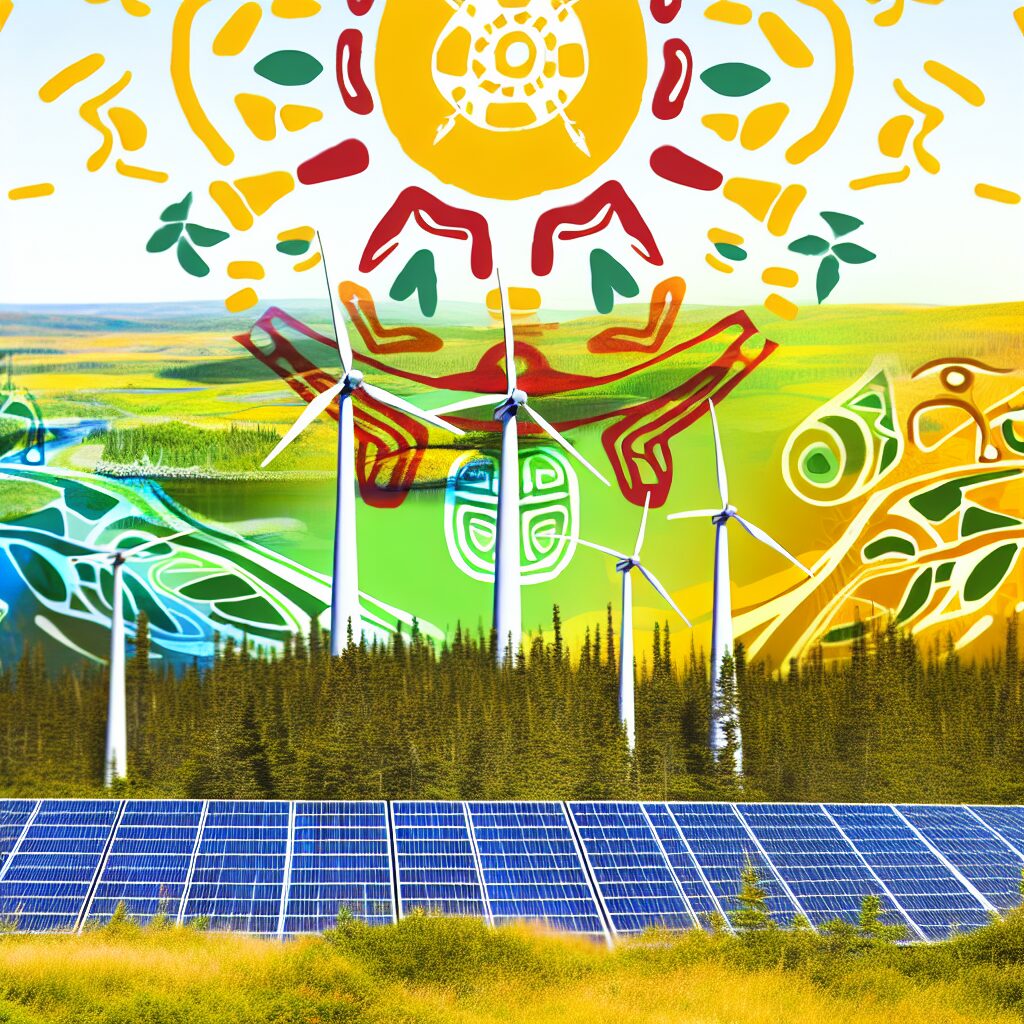Glooscap First Nation Leading Clean Energy Grid Project in Nova Scotia
Glooscap First Nation is taking a significant step toward clean energy in Nova Scotia by leading an innovative grid project. This initiative aims to support energy transition efforts while strengthening Indigenous leadership in the sector.
A Step Toward Sustainable Energy
The clean energy grid project spearheaded by Glooscap First Nation is designed to enhance sustainability and reduce reliance on traditional energy sources. By integrating renewable energy solutions, this project aligns with Canada’s goals for cleaner energy infrastructure.
This initiative focuses on:
- Developing a more resilient and self-sufficient power grid
- Incorporating renewable energy sources like solar and wind
- Supporting economic growth within Indigenous communities
Indigenous Leadership in Renewable Energy
Indigenous communities across Canada are increasingly playing a role in clean energy development. Glooscap First Nation’s involvement in this grid project highlights how Indigenous leadership can drive sustainable initiatives that benefit both the environment and local economies.
By leading this project, Glooscap First Nation is showcasing how community-driven solutions can contribute to national energy goals. Their approach includes collaboration with government agencies and private partners to ensure project success.
Enhancing Energy Infrastructure in Nova Scotia
Nova Scotia has been working toward cleaner energy alternatives as part of its broader climate action plan. The province has set ambitious targets for reducing carbon emissions and increasing renewable energy production.
Through this project, Glooscap First Nation will play a key role in:
- Modernizing outdated energy infrastructure
- Increasing grid efficiency and stability
- Providing a reliable energy supply to surrounding communities
Economic and Environmental Benefits
The clean energy grid project is expected to bring multiple benefits to both Indigenous and non-Indigenous communities.
- Lower Carbon Footprint: Shifting to renewable energy reduces greenhouse gas emissions.
- Job Creation: The project will generate employment opportunities in various sectors, including construction, maintenance, and energy management.
- Energy Cost Savings: A more efficient grid can help lower electricity costs over time for users.
Community Collaboration and Future Plans
Glooscap First Nation’s leadership in this project reflects a growing trend of Indigenous participation in the renewable energy industry. Partnerships with provincial authorities, businesses, and research institutions will be essential for long-term success.
The project is also expected to serve as a model for other Indigenous-led energy initiatives throughout Canada. Expanding similar projects could strengthen the country’s overall commitment to clean energy and reconciliation with Indigenous communities.
Conclusion
Glooscap First Nation’s clean energy grid project marks a significant step toward a sustainable future in Nova Scotia. By focusing on renewable energy integration and infrastructure improvements, this initiative supports environmental and economic development. As Indigenous leadership continues to shape Canada’s clean energy sector, projects like this highlight the importance of collaboration and innovation in achieving long-term energy goals.
Analyzed and outlined by ChatGPT-4o, images by DALL·E 3.
Source

